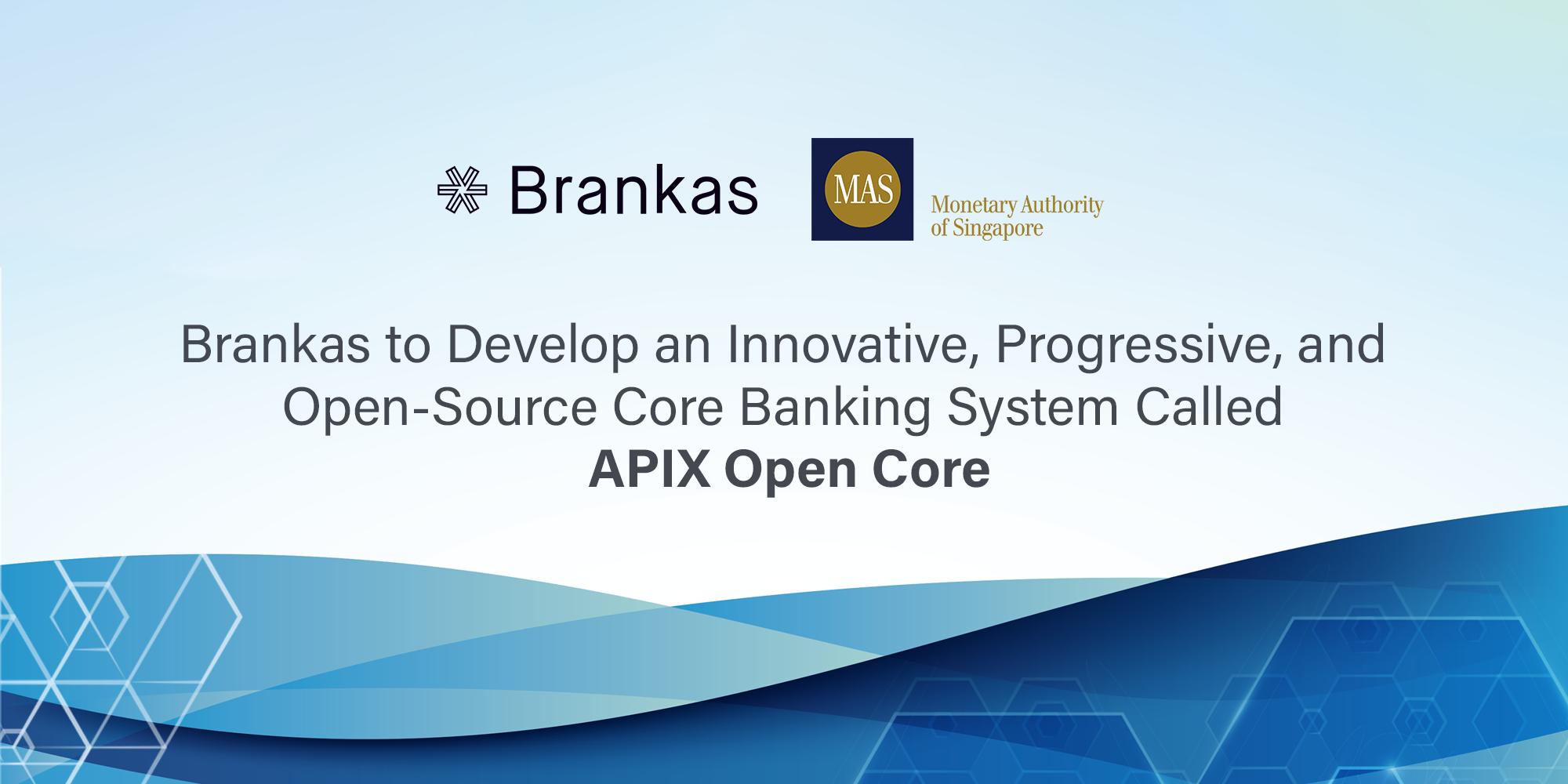
Going digital can help banks adapt to modern times. Read here to learn how open-source API can help meet consumer demands and stay competitive.

Convenience is crucial in today’s fast-paced world. Here, technology has made financial transactions more seamless than they were a few decades ago and nowhere is it more evident than in digital banking. Formerly time-consuming, you can now manage bank accounts in the palm of your hand with little to no delay.
Digital banking is gaining traction, with 65.3% of consumers using online platforms for financial management and transactions. In terms of age groups, PYMNTS states that younger generations— particularly 84.1% of millennials and 83.5% of Gen Zs—are more receptive to digital banking services. Meanwhile, only 45.7% of baby boomers and seniors adopt the technology.
The popularity of digital banking among younger, tech-savvy consumers may be due to several factors—convenience, security, and accessibility, to name a few. Let’s delve deeper into why millennials prefer using emerging digital banking services.
Convenience and 24/7 availability
The importance of digital banking in a rapidly evolving world stems from its convenience. For instance, viewing account balances is achievable in a few clicks. Plus, the process makes money transfers check deposits, and bill payments more effortless.
Since digital banking is mostly self-service, users can transact and manage finances from their end. Financial services are accessible anytime and anywhere, too, thanks to banking apps and online access portals.
For your business, Brankas' Direct API lets you integrate convenient and accessible functionalities into your services, enabling instant and seamless e-wallet top-ups, loan repayments, and e-commerce checkout capabilities.
Real-time reconciliation
Bank reconciliation involves cross-checking banking activity to identify inaccuracies and fraud. However, given banks' sizable clientele, this process usually takes time, which might delay detecting fraud.
Fortunately, digital banking provides room for automation to minimize workload. For instance, Brankas' Statement API automatically reconciles transactions in real-time, making the task more effortless and accurate. From an account holder’s point of view, proper recording and check-and-balance systems mean greater security of their finances.
Immediate access to users' transaction history
Before the arrival of digital banking services, financial institutions (FIs) only issued transaction histories and bank statements in print. The process took time; hence, requesting records had to be done days before. Today, account holders can generate transaction histories in a few clicks, showing all credits and debits.
By integrating Brankas' Statement API into your operations, delivering digital account statements to customers is a breeze. Meanwhile, Balance API has balance checking and personal finance capabilities, providing clients with snapshots of their accounts in an instant.
Lower fees
In 2021, the Federal Deposit Insurance Corporation (FDIC) found that approximately 5.9 million, or 4.5% of U.S. households had no bank accounts, with 21.7% claiming banking service costs as the main obstacle. This figure emphasizes the importance of low fees to grow banking clientele, especially budding millennial households.
Digital banking solutions have significantly lower costs than traditional FIs. For example, digital-only service providers have no physical offices or branches and no tellers and customer services. This setup reduces operating costs, reflecting lower fees for account opening and maintenance.
Enhanced security and fraud prevention
Surveying over 2,000 US consumers, PYMNTS found that millennials prefer digital banking services because they are more secure than legacy ones and enable access to the latest banking technologies.
Your security capabilities can build your clientele’s trust, so it’s crucial to use protected APIs to ensure data privacy and safety. The good news is that Brankas' suite of APIs and platforms uses hypertext transfer protocol secure (HTTPS), industry-leading encryption technology for modern web applications.
In addition, Brankas has a comprehensive set of security policies and certifications, such as the ISO 27001 (Information Security Management System) and Payment Card Industry Data Security Standard (PCI DSS) credentials, to vouch for its effectiveness.
Less cumbersome financial management via automation
The problem with traditional FIs is that requests for transfers, deposits, and withdrawals may take longer to process since tellers typically handle them manually. Real-time updates are seldom, which may be troublesome if clients need documents for urgent matters.
Automated systems solve the problem of inefficiency, taking charge of transaction data between a bank and its users. It eliminates long queues and waiting times, making transactions more seamless for consumers. For instance, most of Brankas' products are automatic, including Disburse API, which automates company payroll and e-commerce services like payouts or refund flows.
Accelerated move to cashless
There’s little doubt Southeast Asia is undergoing a digital boom, boosting tech-savvy millennials and Gen Zs. In turn, it has become a thriving ground for fintech. While 60% of Southeast Asians remain underbanked, digital banking services, such as Singapore’s Grab, Malaysia’s MoneyLion, and the Philippines' Maya, are triggering shifts toward cashless economies.
Brankas, a financial service provider primarily operating in Southeast Asia, helps drive the region toward economic modernization. For one, partnering with online payment gateway Yokke brings e-wallets and digital financial management closer to Southeast Asian consumers and businesses.
Millennials grew up during the birth of digitization, witnessing the pros and cons of traditional and digital banking. However, in terms of finances, the latter is the clear winner.
Digital banking’s convenience, efficiency, cost, and security enhance legacy ones, hence its continuous popularity among millennials and Gen Zs. As 2023 progresses, it’s best to integrate digital banking services into your operations to stay relevant to the younger market.
As a top fintech provider in Southeast Asia, Brankas provides valuable data and payment APIs that drive results. Contact us to learn more.

Going digital can help banks adapt to modern times. Read here to learn how open-source API can help meet consumer demands and stay competitive.

Brankas announced that we were awarded the Monetary Authority of Singapore (MAS) Financial Sector Technology and Innovation (FSTI) Proof-of-Concept (POC) grant!